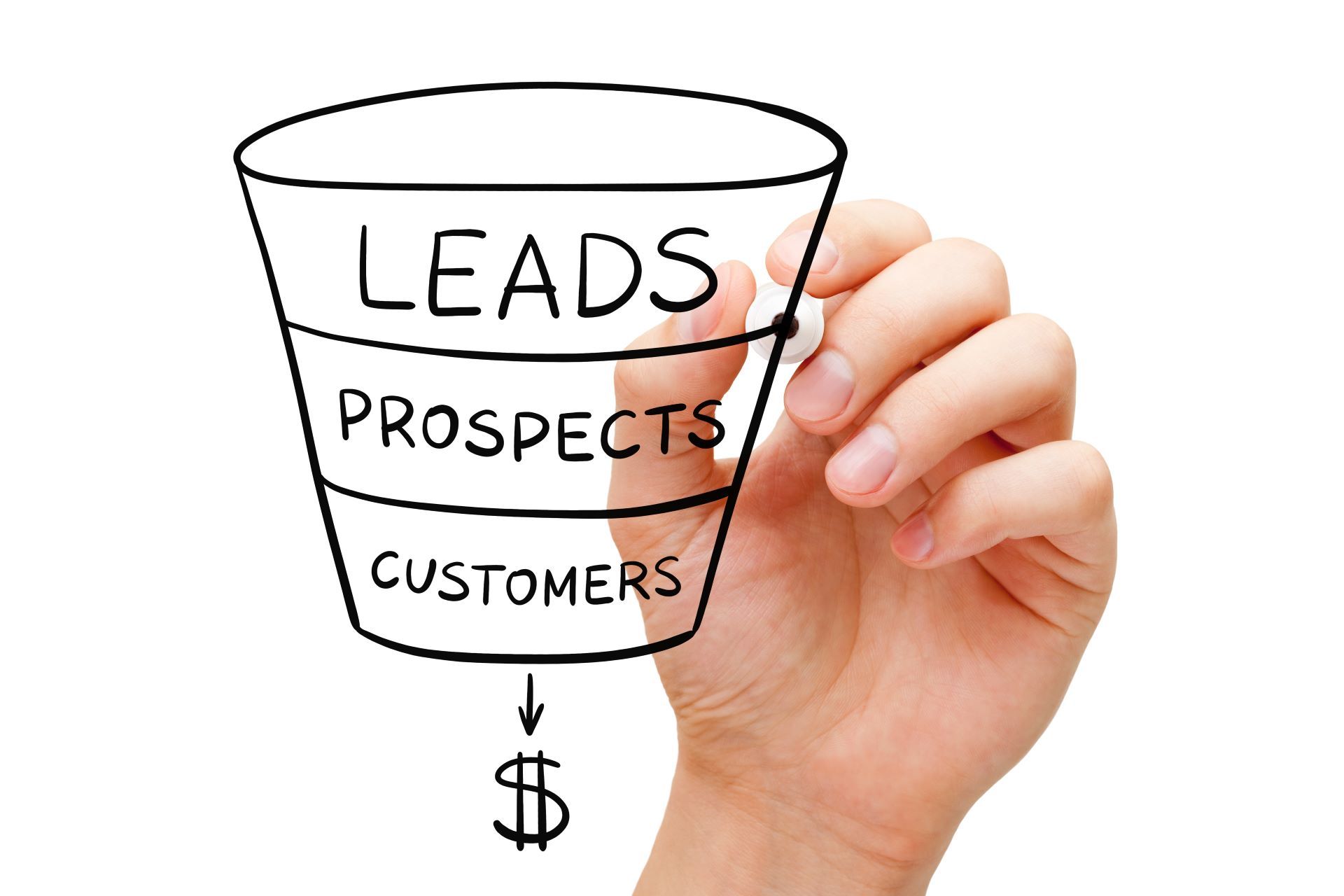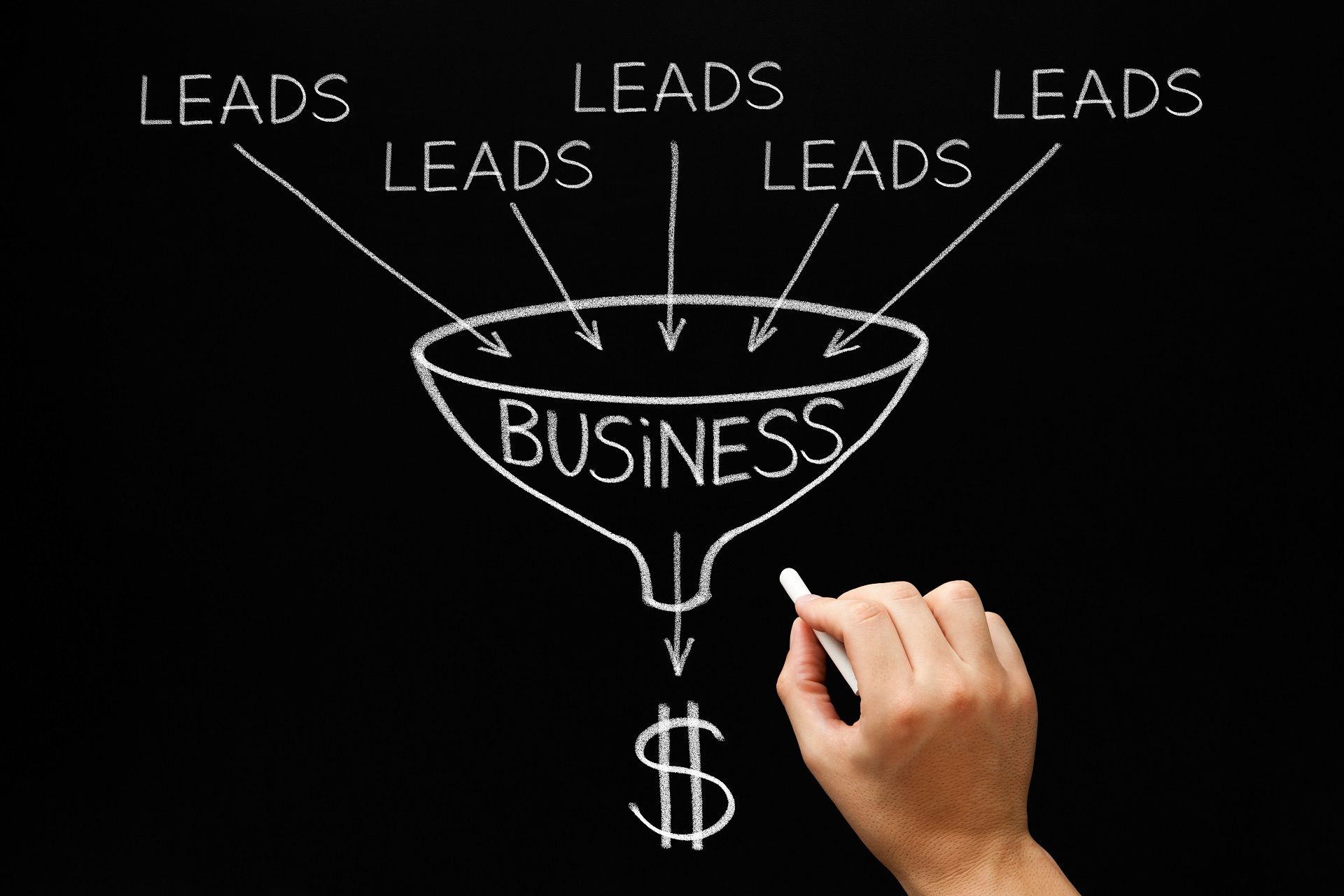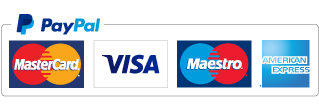Crafting A Perfect B2B Digital Marketing Strategy
No marketing strategy is created the same. In fact, the most successful marketing specialists know that the strategy depends solely on the customers and their particular needs. With that said, for B2B companies, marketing practices will take on a completely different form from B2C marketing.
By sticking to a specific B2B digital marketing strategy, you can engage the companies you’re trying to target and demonstrate exactly what you’re offering and convince them that your service or product is exactly what they need.
Today, you’re going to learn how to plan out a
B2B strategy!
B2B Digital Marketing Explained
B2B marketing is targeted at companies that purchase services and goods from other businesses. For instance, they may need what you’re selling to complete their services or products or to improve or supplant their internal business operations.
Thus, the purpose of a B2B digital marketing strategy is to introduce your company to different businesses, promote your service or products, and demonstrate how it can benefit their business.
As an endgame, you want your marketing strategy to create returning customers who offer long-term revenue potential.
There are multiple categories of B2B buyers, and they are as follows:
1. Producers: companies that require services or goods to finalize their offerings. For example, they could be manufacturers or service providers such as restaurants.
2. Resellers: companies that purchase goods or services and resell them to their customers - think retailers and wholesalers
3. Institutions: non-profit organizations that purchase services or goods, often in large quantities. The usual purchasing factors for these institutions are the costs as they require lower expenditure to serve their cause properly.
4. Governments: all levels of government institutions may purchase goods and services from B2B businesses. They also purchase products on an ongoing or a one-time basis.
How Different Are B2B and B2C Marketing?
While some techniques may share similarities, B2C and B2B are two completely different worlds. The main differences are the target audience, strategies and their application, and communication methods.
With B2C, you’re targeting individual consumers making their own purchasing decision. But with B2B, you have to target multiple individuals within a company who are in charge of making purchases - the customer is the business itself.
To illustrate the difference between the two, companies that offer services or products to both organizations and individual consumers usually have two separate marketing strategies. That way, they can ensure they fulfill goals on both fronts.
How To Map Out A B2B Digital Marketing Strategy
Let’s get this out of the way first, with B2B marketing, you cannot expect quick results. Planning a strategy will take time but the results will be clear.
That is - if you approach it diligently.
Try the following steps to maximize your chances of making new sales and to keep the entire strategy focused, from the beginning to the end.
1. Segmenting your market
Market segmentation consists of sectioning your target market into multiple, smaller groups with shared characteristics. It’s at the core of your B2B digital marketing strategy as it can help you find and understand who your ideal customers really are, and find out exactly what they need.
With segmentation, you can identify the markets that you want to laser in to efficiently narrow down your marketing efforts.
First, segment your market and focus on each target segment one by one.
This will help increase your brand awareness, attract new customers, and with any luck, drastically
boost your sales. More importantly, your strategy will have a consistent focus, and you’ll save a lot of time and valuable marketing dollars.
2. Create a unique ideal customer profile for your marketing segments
The next step is creating an Ideal Customer Profile (ICP) for each of the market segments you created. ICPs are a B2B version of a buyer persona in B2C marketing, and they represent a fictional business that could benefit from your offering.
In other words, it describes an ideal customer in each of your market segments, and helps inform you on how to tailor your strategy and messaging to reach those customers.
To create an ICP, try the following:
1. Think about your ideal customer and include relevant information on their industry, location, annual revenue, and budget. You should also consider the number of employees and physical locations.
2. Interview your current customers and inquire about their unique challenges and problems that they need to overcome.
3. Review those findings and find patterns relating to the characteristics of your ideal customer.
3. Analyze your competition
You can learn a lot by ‘’spying’’ on your main competitors. By performing a competitor analysis you can discover how other companies are approaching your target audience.
More importantly, you can learn about their shortcomings and fine-tune your strategy accordingly to avoid making the same mistakes.
Try looking at what your competitors are offering and sift through their marketing topics. Go through their social media too and focus on recognizing any particular sales tactics that they may be using.
This will give you the necessary data to find a way to stand apart from your competition and discover a way to fulfill the needs of your marketing segments.
4. Develop individualized USPs
A unique selling proposition (USP) is a direct marketing statement you can use to sell and promote your offering to your target customers.
The process of creating a USP takes some creativity. You can start by reexamining your ICPs for particular segments. You then have to find an original way to market your offering in a way that shows how you can meet the needs of your target audience. In other words, discover the unique challenges and offer your product or service as a perfect solution.
5. Create unique content for each stage of the buyer’s journey
If you want your B2B digital marketing strategy to be successful, you have to have content ready for prospects in every stage of your buyer’s journey.
The
awareness stage is the stage where prospects are simply looking for useful information regarding a specific problem within their company. This is the perfect opportunity to introduce them to your offering by offering engaging and informative blog posts or an eBook written to inform your audience on a particular topic.
In the
consideration stage, the prospects have already identified the solutions they may need to solve their unique problem and are considering different options. This is where you’ll have to stand out from the crowd by offering customer testimonials, case studies, or service/product demos.
The
decision stage is the last step and prospects know what they want and have compared different solutions. Before they take any action they may need more information or a free trial. To meet their demands, you should include easy contact information to make it easier for the prospects to contact you, and you can also provide a free trial.
6. Identify the right marketing channels
You need a platform or a channel for all the content you created. To find the perfect one, you can once again look at what your competition is using. You may then double down on those marketing channels, but you can also discover an opportunity in the form of a channel your competition isn’t using to gain a competitive edge.
Still, nothing is set in stone with B2B digital marketing, so you should also consider your target audience. Depending on what channels they are using, different resources may be more effective than others.
Once you narrow down your choice to a few options, test them out to see which one provides the highest return on investment and fine-tune them until your marketing strategy is fully optimized.
For example, you can try pay-per-click advertising or even maximize your efforts with
B2B email marketing - which is still one of the most effective marketing tools in the marketer's bag of tricks.
A Roadmap to Success
By ditching cookie-cutter marketing strategies that don’t work in B2B digital marketing, you can reach prospective customers who are more likely to make a purchase.
Keep in mind that B2B audiences, in general, are problem-oriented. You should focus less on emotions, and more on how your business can help their business by solving their challenges. More importantly, you have to demonstrate that you are better than your competitors.
Thankfully, with a proper B2B digital marketing strategy, you’ll have no problem discovering new customers, closing more sales, and ultimately, growing your business.
Disclaimer: The information on this website and blog is for general informational purposes only and is not professional advice. We make no guarantees of accuracy or completeness. We disclaim all liability for errors, omissions, or reliance on this content. Always consult a qualified professional for specific guidance.







